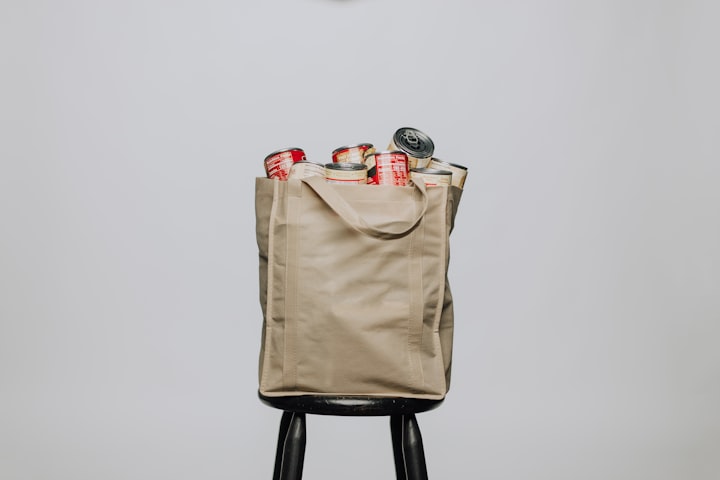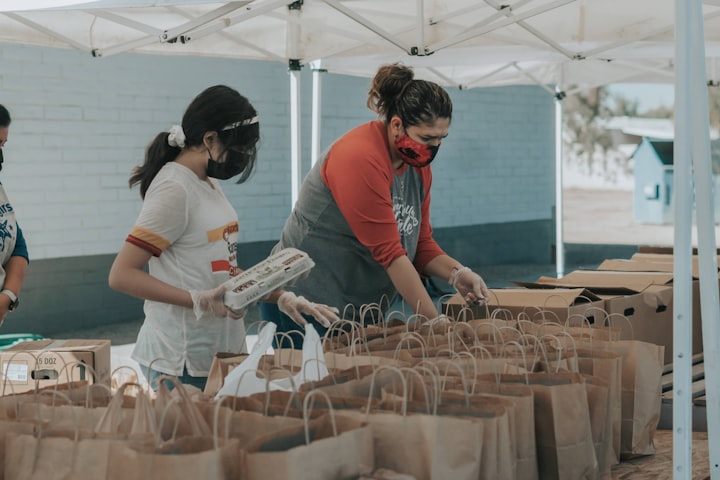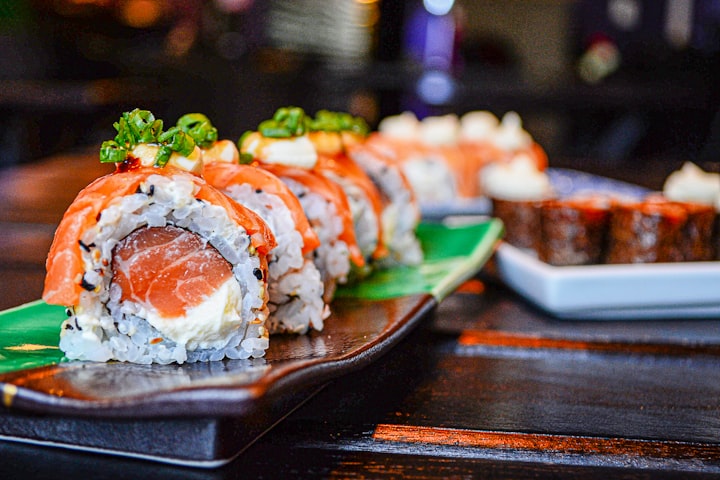Your Can of Olives Won't Help a Food Bank But There Are Other Things That Will
It’s a lovely gesture but not as helpful as you think

So many of you volunteer at or donate to food banks that it’s incredibly heartwarming. I wrote an article about food banks and the need for donating money to them, and realized that some people thought I was engaging in shaming for saying that food banks don’t need things like your old cans of olives and water chestnuts.
I’d like to point out that I said donations of food are fine, as long as you’re mindful of what you’re donating. What food banks really need is money, but at the end I asked you to give what you can, when you can. That might be money. That might be cans of food.
There’s nothing wrong with donating cans of olives and water chestnuts. But, if that’s all you’re giving, that actually is a problem because of the way that food is distributed to clients. This isn’t something people think about if they’ve only been on the donating end and don’t know how the receiving end works.
A few of the commenters wondered why people wouldn’t want any decent, edible food. You can certainly eat olives, after all, and someone is going to want them. True. But not if that’s the only can of food they’re going to get.
Have you ever made a meal out of a can of olives?
Food banks are different depending on where they’re located and who is running them, among other things. The food bank I went to is in a large city and is affiliated with a large non-profit food distribution network. It has more resources than a small town food pantry running in a church basement, for example, but it still struggles to meet the demand from time to time.
The rules and regulations are also different. Some food banks ask you for your name, give you a card, and send you to the line. Others need more personal information and need to know that you need to be there. Family size matters. Are you there just for yourself or are you feeding a family, and if so, what’s the size of your family?
I’m going to give you a really simplistic example of how this works.
Let’s say that a food bank has 20 cans of food, and 10 people waiting in line. That would be two cans of food per person, right? But what about the person with 3 kids? Shouldn’t they get more cans than the single people in line?
These are the calculations that food banks have to make every time they open their doors. How much food do they have? How many people will show up that day? They don’t want to have to turn people away because they’ve run out of food, so they put limits on what they give out, based on family size.
That’s why a can of olives can be a treat if the food bank has plenty of food to give out, or it’s a sad substitute for more substantial food because they’re running low this week.
I rarely walked out of the food bank with enough to feed my family of three for a whole week. Sometimes it was enough, but often it was just enough for a few days. Luckily, at my food bank you could go once a week. In some places it’s less than that. I think there’s a misconception about how much food people get at a food bank.
And that’s why what and how you donate is so important. If you have olives to donate, that’s fine, but please add substantial things to your donation – protein, produce, rice – things that can feed a family. Or, as I pointed out in the original article, just give them money. If all you can give is $5, then give them $5.
All you really have to do is imagine yourself in need of help from a food bank, and act accordingly. Do you want to make a meal out of a can of olives?
About the Creator
Maria Shimizu Christensen
Writer living my dreams by day and dreaming up new ones by night
Also, History Major, Senior Accountant, Geek, Fan of cocktails and camping






Comments
There are no comments for this story
Be the first to respond and start the conversation.